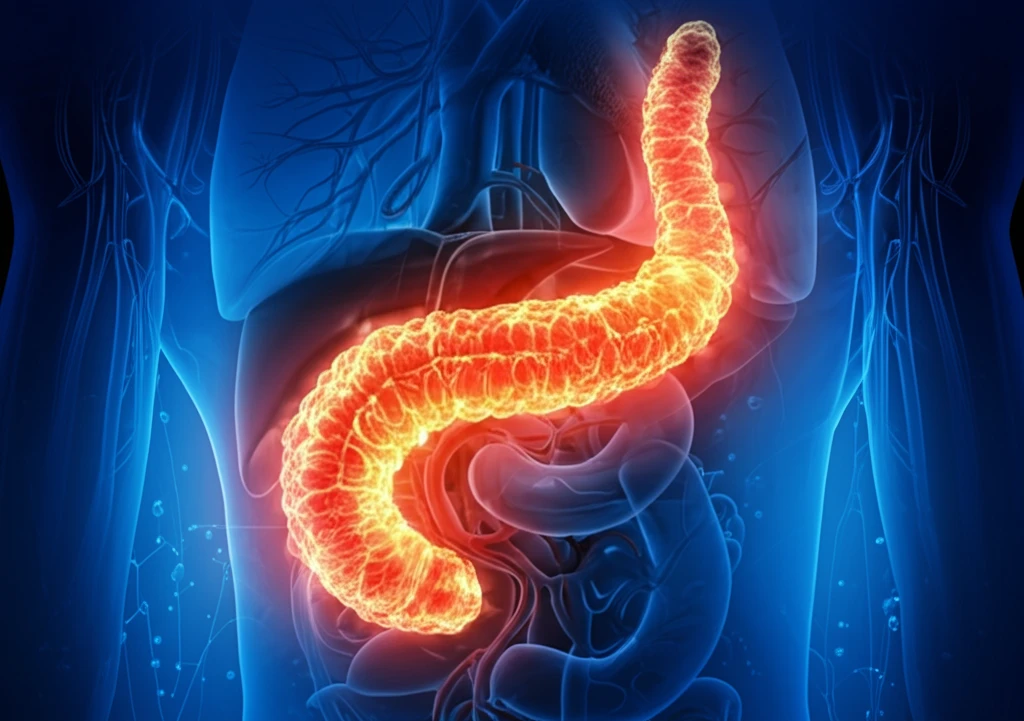
Fatty Liver's Impact on Pancreatitis: What You Need to Know
"Uncover the connection between fatty liver disease and acute pancreatitis, and how it affects severity and outcomes."
Acute pancreatitis (AP) is a condition characterized by inflammation of the pancreas. Its severity can vary widely, ranging from mild and self-limiting to severe and potentially fatal. Early and accurate assessment of AP severity is crucial for determining the appropriate course of treatment and improving patient outcomes. While the risk factors of AP have been long studied, researchers are constantly discovering new factors that contribute to this disease.
A frequent comorbidity with acute pancreatitis is fatty liver disease, where there is excess fat accumulation in the liver. Fatty liver disease is becoming increasingly prevalent worldwide due to rising rates of obesity and metabolic syndrome. Given the growing overlap between these two conditions, understanding the relationship between fatty liver disease and acute pancreatitis is of utmost importance. Is there a correlation between these two conditions? And if so, how does fatty liver disease impact the severity and prognosis of acute pancreatitis?
This article dives deep into the connection between fatty liver disease and acute pancreatitis, leveraging the insights of recent research to shed light on how fatty liver influences the severity, clinical outcomes, and potential complications of AP. We aim to translate complex findings into understandable insights, empowering you to make informed decisions about your health and lifestyle.
The Fatty Liver and Pancreatitis Connection

A new study analyzed the medical records of 2,671 patients diagnosed with acute pancreatitis to find if there was a correlation between fatty liver and the severity of AP. The researchers collected patient data and assessed the presence of fatty liver using abdominal CT scans, categorizing patients into groups based on the presence or absence of fatty liver. The study analyzed various factors, including mortality rates, clinical severity, and CT scan findings, to determine the impact of fatty liver on acute pancreatitis outcomes.
- A significantly higher rate of mortality.
- A greater frequency of severe acute pancreatitis (SAP) and necrotizing acute pancreatitis (ANP).
- Increased incidence of local and systemic complications, such as pancreatic necrosis and organ failure.
Implications for Management and Prevention
The research underscores the need for healthcare professionals to consider the presence of fatty liver when assessing and managing patients with acute pancreatitis. Individuals with fatty liver may require more aggressive monitoring and intervention to prevent complications and improve outcomes. Further research is needed to fully elucidate the mechanisms by which fatty liver exacerbates acute pancreatitis and to identify targeted therapies to mitigate these effects. In the meantime, lifestyle modifications such as weight loss, a balanced diet, and regular exercise can help reduce the risk of both fatty liver and acute pancreatitis, promoting overall health and well-being.
